Looking for GLIMMERS!
You’ve heard of triggers that make you feel unhappy, sad, angry. But if there was an opposite that made you calm, even joyful? This is where glimmers come in.

We are so busy looking for what is wrong in our lives, we can miss what is positive.

✔ Glimmers help build emotional strength, making it easier to handle challenges.
✔ Glimmers keep you focused on the present, reducing feelings of anxiety.
✔ Glimmers help you to have positive thoughts!
✔ Looking for glimmers helps train your brain to notice and enjoy joyful moments in daily life!
✔ Over time, noticing glimmers can grow your sense of gratitude, which supports your happiness. and mental health!

Glimmers are small grounding moments that make you smile
✔ Sight: seeing a friend
✔ Sound: the sound of rain
✔ Smell: the smell if the seaside
✔ Touch: the cool feel of water when you jump in the pool
✔ Taste: something yummy
✔ Connection: a hug from a loved on
✔ Nature: spotting a rainbow
How to find your own glimmers
The beauty of glimmers is that they’re personal. There’s no universal formula, but if you want to start spotting them, here’s what to try:
- Tune into your senses: What sounds, scents, textures or tastes bring you a subtle sense of peace or joy?
- Notice your body: A glimmer might show up as your shoulders dropping, your breathing slowing or even a quiet smile.
- Start a ‘glimmer list’: Jot down small moments that made you feel soft, connected or safe. Even noticing one or two a day can help rewire your awareness.
- Don’t chase big feelings: This isn’t about euphoric highs. It’s about the tiniest shifts that gently recalibrate your mood.
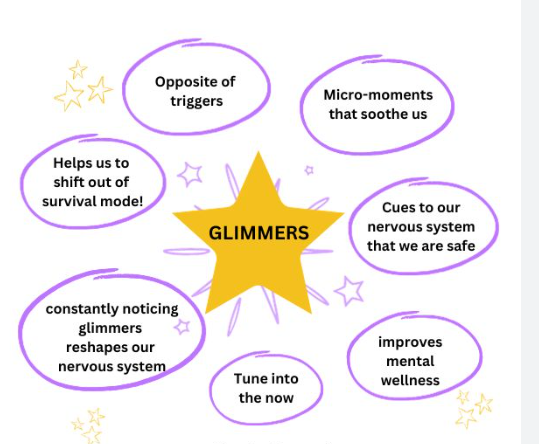
Being mindful
What is mindfulness and why do kids need it?
Mindfulness is paying attention, noticing what’s happening outside of you, as well as your thoughts and feelings, and letting it all be as it is. It’s a skill that helps us cope with big emotions and challenging experiences and, just like a muscle, it’s something we can all build with practice.
Mindfulness is an especially useful tool for helping children manage the potential stresses and anxieties of moving through the developmental stages from infants and toddlers through to school age and adolescence. As well as helping kids to reduce levels of depression and stress, it is also thought to help increase their focus and attention, as well as compassion.
10 easy mindfulness exercises for kids and parents
1. Visualise your safe place – to feel grounded

Help kids find calm and focus with our simple mindfulness activities, think about where are your favourite soothing places in nature? You can visit them anytime in your mind. You could write a journey to your calm safe place, describing with all your senses how it feels to be there.
2. Balloon belly breathing – to soothe

Lie down somewhere comfy and imagine there is a balloon in your tummy. As you breathe in, imagine the balloon slowly inflates. As you breathe out, the balloon effortlessly deflates. Children can rest their favourite toy on their tummy and let them go along for a calming ride.
3. Warrior pose – for confidence and concentration

Stand up tall with your feet wide apart. Turn your right toes out and press your left heel away. Bend your right knee deeply, stretch your arms out at shoulder height and make like a surfer. Hang ten for a few relaxed breaths, feeling the strength of your body, then shake out your legs and try it out on the other side. This is a great distractor from worried thoughts.
4. Sound meditation – to fuel curiosity

Introduce a peaceful pause to your child’s day with our kids mindfulness activities. Snuggle down somewhere safe, close your eyes and listen to all the sounds around you. What can you hear? The clink of coffee cups, snippets of conversation, sounds from nature? Get curious and feel the buzz of life around you.
5. Savour your food – to encourage gratitude

Find calm and focus easily with our simple mindfulness kids activities, like the next time you have your favourite treat, make it a ritual of happiness and thanks. Don’t let a second of pleasure pass you by unnoticed – the scent, how it feels in your hand, against your lips, the flavour on your tongue, the texture as you chew and the sensation as you finally swallow it. Even more delicious when you savour it!
6. Embrace music – to switch up your mood
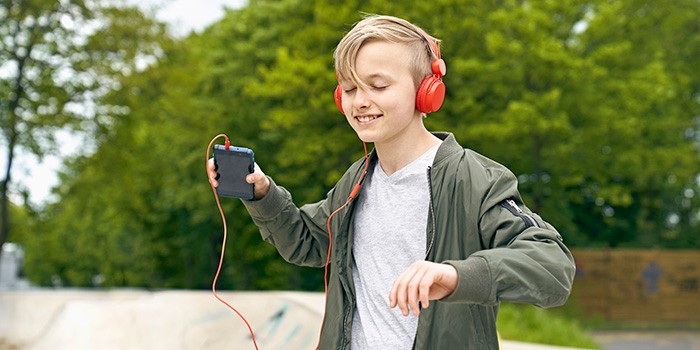
Harness the mood boosting power of music by making your own playlists – one that helps you feel peaceful, one to help you focus and another to give you a feel-good hit. A good old sing always lifts the spirits, too.
7. Make your mind garden beautiful – to grow happy thoughts
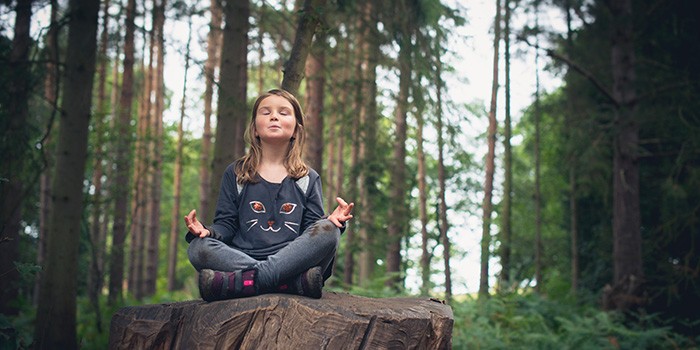
There is a garden in your mind, made by all your thoughts. Thoughts you enjoy plant the seeds for flowers you love. Worries or nasty thoughts plant the seeds for weeds. Now every garden has weeds so it’s not about eliminating unhappy thoughts, but you can choose where you direct the sun and water by nurturing the thoughts that help you feel good. It all comes down to where you place your attention so choose wisely to grow a beautiful mind garden.
8. Legs up the wall – to soften and drop

Grab a blanket and a pillow, take a seat with your side against the wall and enjoy some time out. Roll onto your back, slide your legs up the wall, arrange the pillow under your head and drape the blanket over you for comfort. Now let your body flop and drop, the whole length of your legs held by the wall. There is nothing to be done right now and nowhere else to be.
9. Get creative – to express yourself
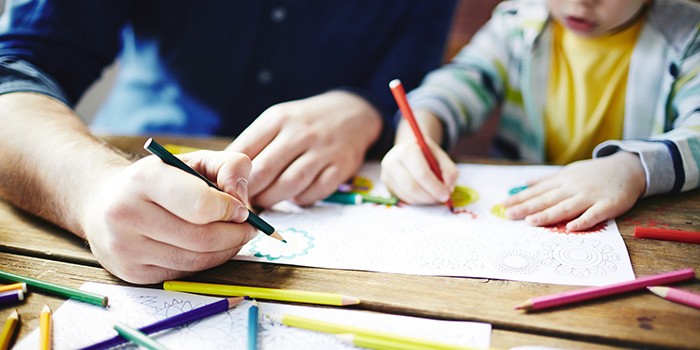
Let your feelings out with a spot of art. The choice is yours! You can journal, colour a mandala, make a model from recycling, paint up a storm or make your own animation on Scratch. Enjoy immersing yourself in the act of being creative – no hard work, just fun.
10. Hug it out – to feel connected
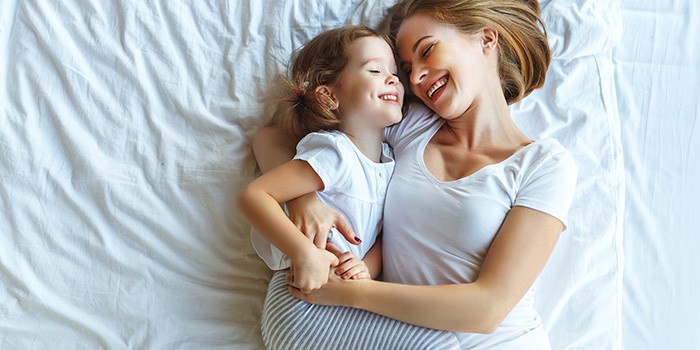
Cuddles are like food for the soul, helping us feel safe and calm. Enjoy building your mindfulness muscles by giving a loving hug your full attention. Can you feel your heart beating, wrapped up in care? Tell yourself or your child: you are safe, you are loved, you are held.
https://www.bbcgoodfood.com/health/family-health/10-mindfulness-exercises-kids
Children’s Mental Health Week 2025
Know your Emotions
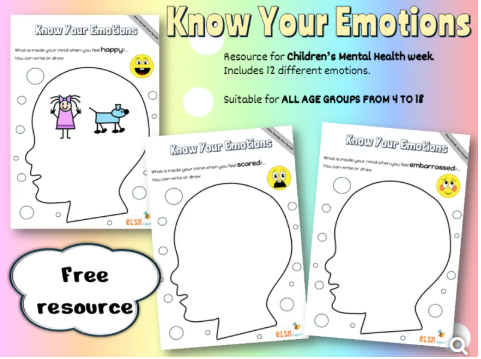
https://www.elsa-support.co.uk/wp-content/uploads/2025/01/Know-yourself-Emotions.pdf
Understanding emotions is a key part of knowing yourself and building emotional intelligence. This fun and creative activity helps children explore their feelings and identify what causes them in their daily lives.
This resource has been designed to support Children’s Mental Health Week 2025, with the theme “Know Yourself, to Grow Yourself”. It encourages self-awareness and reflection, helping children think about their emotions as an important step toward personal growth and well-being.
The sheet includes a blank head shape for children to fill with their ideas. There are 12 emotions, each paired with a small emoji to make the activity engaging and easy to understand. Children can personalise their work by using drawings, words, and colours, making the activity both meaningful and enjoyable.
How to use this – Know your Emotions activity:
Look at the emotion written next to each blank head.
Think about what makes them feel that emotion—situations, people, places, or experiences.
Use the head shape to draw, write, or colour their ideas. Be creative! They might include a mix of images, words, or even patterns that represent their feelings.
Remember, there are no wrong answers—this is about their personal experiences and how they connect with each emotion.
This activity is suitable for all ages, from young children to teens. It encourages self-reflection, creativity, and open conversations about feelings. It can also be a great tool for group discussions or one-on-one support sessions. By completing this activity, children will explore the theme “Know Yourself, to Grow Yourself” in a hands-on, engaging way, building a deeper understanding of their emotions and the things that influence them.
Use this resource to inspire growth, promote emotional awareness, and spark meaningful conversations about mental health.
Merry Christmas!
Hello everyone,
If you want to countdown to Christmas, look at these fabulous resources on ELSA support.

Summer Holiday!!
Try some activities this Summer at this website, click the link
https://www.elsa-support.co.uk/category/free-resources/

5 Ways to Wellbeing

Looking after your family’s wellbeing is really important. Families all need some help from time to time due to life changes or events.
As a parent/carer you can take small steps to help your child’s wellbeing as well as your own/ You can do this by starting with the basics.
Consider one area at a time, think about your home environment and what small changes you can make together as a family.
Using the BACK to BASICS approach can empower you to take control of the 5 Ways of Wellbeing.
Think of it as building the foundations of a house; making sure your family has all the basics in place. For example, eating healthily, sleeping, exercising, good routines and looking after ourselves and our children’s wellbeing. If foundations are not in place there is a risk of cracks appearing.
Take Notice
GIVE
ACTIVE
KEEP LEARNING
CONNECT
Emotional support from ELSA trained staff

What is ELSA ?
ELSAs are warm, kind and caring people who want to make children and young people feel happy in school and to reach their potential socially, emotionally and academically. They understand the barriers to learning that some children and young people might have and can help them with this. They can support the children and young person’s emotional development and help them cope with life’s challenges. ELSAs will also help children and young people find solutions to their problems.
An ELSA is not there to fix problems but to help the child find their own solutions and offer that important support to a child or young person. Relationships are key in helping children and young people to feel safe and nurtured. ELSA is about creating a reflective space for the child or young person.
Scope of practice
It is important that ELSAs work within their scope of practice and only cover things they are trained to cover. Any concerns out of their scope of practice will be discussed with their Educational Psychologist and potentially referred on to outside agencies. ELSAs support children to understand their feelings and find strategies that work for them.

What areas does an ELSA help with?
• Loss and bereavement
• Emotional Literacy
• Self-esteem
• Social Skills
• Friendship issues
• Relationships
• Managing strong feelings
• Anxiety and worries
• Bullying
• Conflict
• Emotional Regulation
• Growth Mindset
• Social and therapeutic stories
• Problem solving
Where do sessions take place?
Ideally, the Pumpkin room, but sometimes, other quiet school spaces are used for ELSA intervention.
How are children or young people referred for ELSA?
• Class teacher referral
• Senco referral
• Parent referral
• Child referral
• Outside agency referral

How long should an ELSA Intervention last?
ELSA intervention should be a short-term focus intervention with clear aims. Usually half a term to a full term in length.
An ELSA in a school is an Emotional Literacy Support Assistant. ELSAs are trained and regularly supervised by the Educational Psychologists who trained them. Regular supervision meetings are essential to good practice and allow the ELSA to bring up any problems with a group of other ELSAs along with the Educational Psychologist.
ELSA – Short term focused intervention
The vast majority of ELSA sessions are proactive. This means there are targets for the ELSA to achieve with the child or young person. This makes the intervention measurable so the school knows the child or young person has made progress and the intervention has been successful. The targets are known as SMART – specific, measurable, achievable, realistic and time-limited. This might be a one-to-one session or a group session. The usual intervention is 6 sessions (half a term), but it could be a little longer if necessary. It is important the child or young person doesn’t become too attached and reliant on the ELSA because the aim for most children or young people is to cope independently with any challenges that they face.
How I Shine
Welcome back, for the last half term before summer. As we are nearing the end of the school year, it’s a good time to think about how the year has gone and all the brilliant things you have achieved. We have put a sheet here which you can download and print which asks you to think about:

- What are you proud of?
- What skills and qualities do you have?
- What have you got better at?
We would love to hear how you get on, so if you do complete the sheet then feel free to bring it down to the Pumpkin Room so share with us.
Mrs Byrne and Mrs Chapman
Click here to download and print: How I shine
Mental Health Awareness Week

This week is Mental Health Awareness Week and the theme this year is anxiety.
It’s normal to feel worried at times, we all experience anxiety and of course children will too. But sometimes worries can get quite big and heavy, and so it’s good to have ways to manage them.
Within school, we encourage children to talk about their worries and to share how they are feeling as sometimes it’s enough just to offload and be listened to. Here are some other useful tools you could use at home if your children are feeling worried:
Positivity!
Hi everyone

We are in March, and the start of the year has flown by! Spring is just around the corner now, the evenings are getting lighter and better weather will be on its way soon. There are lots of good things to look forward to which can help make us all feel happy. It’s also good to think about yourself and the good things within you as they can also make you feel really happy.
So, why not try making a positivity jar. It’s really easy to just… simply find a jar or pot that you can use an decorate it however you wish. Be as creative as possible and make it look fun and pretty! This is going to be a really special thing, so take your time and make it look great.
Once it’s made you can use it however you wish. You could:
- Write down lots of positive things about yourself on slips of paper and pull one out each day to look at and share with someone at home
- Ask your family to write down lots of good things about you on slips of paper and put them in the jar. You can then pull one out each day to read and it will help to brighten your day!
- Write down your favourite part of each day and then put that in the jar to keep as a memory. It will be fun to look back on and each month you could pull one out and share it with someone at home to remember that special moment
- Write down lots of positive notes so that when you’re feeling a bit sad or worried you can pull one out to remind help you to feel better
- Come up with your own ideas for what to put in your jar


We would love to hear about how you get on, or to see what you have made 🙂
Have fun being creative and sharing your positivity!
Mrs Byrne and Mrs Chapman
Recent Comments